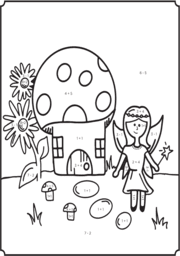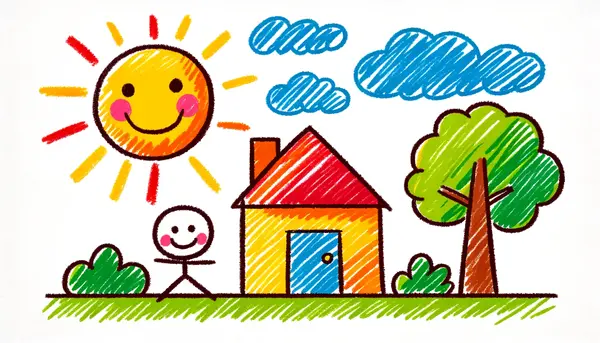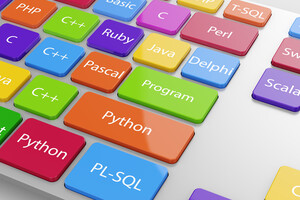Teaching Your Kids About Finances and Investments From a Young Age
Financial literacy is an integral part of adult life. As a parent, you may be worried about your kids receiving adequate financial education in order to enter adulthood ready and aware of the many aspects of financial self-sufficiency.
Teaching your kids about finances from a young age can be tricky. They may be less inclined to entertain themselves with concepts they have little practical experience with and may find hard to grasp.
However, a certain degree of financial literacy can be incredibly beneficial at a young age, as it lays the foundation on which to build on as your kids grow older and get closer to adulthood.
For this reason, you may be wondering about the basic materials to get started to learn about trading and investments, as well as other key financial concepts.
The internet offers plenty of value in the form of online courses, blogs, webinars, and more to get you started. So, you can gradually introduce your kids to basic ideas and gradually implement more complex subjects as they go along.
How to Teach Your Kids About Finance and Investments
One thing to remember when starting to teach your kids about finances is patience.
Keep in mind that they may find certain ideas difficult to grasp and you are likely to need simplified explanations for complex topics. Patience will play a key role in maintaining the interest of your kids without discouraging them from absorbing complex information.
However, there are a few key factors you can consider to make the process both engaging and effective for your kids.
Create a Sense of Progression
In order to keep your kids engaged in the process of learning about finance and investing, make sure to set up the learning process in a linear manner that shows clear signs of progression, which will give them a sense of accomplishment once they learn a particular concept.
Learning how to teach your kids about investing can be a challenging task at first, but setting clear boundaries and rewarding them for their newly found knowledge can go a long way in keeping them engaged.
Do Not Overwhelm With Information
Depending on the age of your kids, too much information may overwhelm them. Therefore, it is essential to come up with some sort of a curriculum that balances the daily workload for your kids. This allows them to have the free time to reflect on what they have learned and the learning process does not turn into a cumbersome task.
Dividing the learning resources into smaller, more manageable tasks will also reduce your stress during the teaching process, while placing less strain on your kids as well. There are also apps that can help kids learn financial skills.
Reaffirm Covered Topics
It is essential to reaffirm already covered topics by small tests and questions that will help your kids remember key concepts time and time again.
Practice makes perfect, which is why it is important to mention covered topics in daily life from time to time. This also helps the youngsters better understand the practical meaning of the concepts they have studied.
Practice Makes Perfect
When you are teaching your kids about investments and trading, nothing can be as effective as allowing them to trade using a demo account.
The simulated funds will give them a clear set of boundaries and they will be able to learn through trial and error. Your kids will get a better sense of what works and what does not, as well as the very real financial risks associated with reckless trading and uninformed decision making.
Benefits of Teaching Your Kids About Finance and Investments

The advantages of teaching your kids about the importance of financial literacy from a young age can make things much more manageable for them once they have reached adulthood.
While the process of teaching might seem challenging at first, seeing some progress is likely to motivate you, as well as your kids to keep going.
Adding gamified elements to the teaching process can also make it more enjoyable and fun, as opposed to it feeling like a chore.
Being patient and thorough with your lessons, while also allowing your kids to trade using demo accounts, can provide a good mix of theory and practice and lead to a balanced learning experience.










 Explore the Safe Search Engine -
Explore the Safe Search Engine -